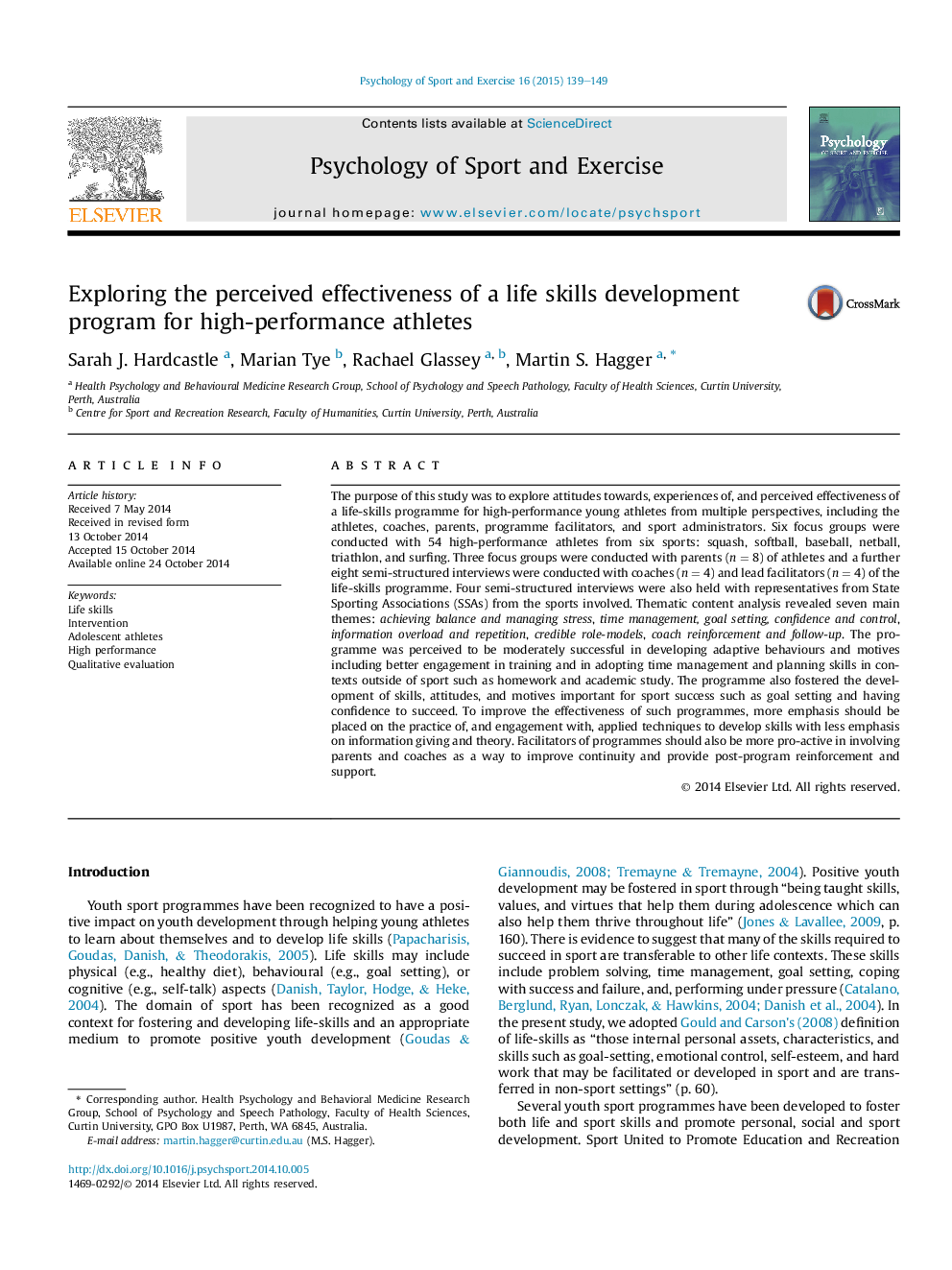| Article ID | Journal | Published Year | Pages | File Type |
|---|---|---|---|---|
| 5465730 | Thin Solid Films | 2017 | 11 Pages |
Abstract
Copper Indium diselenide (CISe) layers have been synthesized via two stage processes; electrodeposition of Copper-Indium (Cu-In) and selenization. The effect of complexing agent, citric acid (CA) was studied on the growth of Cu, In and Cu-In layers. Polycrystalline Cu-In layers were electrodeposited from aqueous bath at â 0.85 V versus Ag/AgCl reference electrode. The structural, optical, morphological, compositional, photoelctrochemical and optoelectronic properties for Cu-In layer and selenized Cu-In layers are studied. Three prominent reflections of tetragonal crystal structure of CISe, (112), (204/220) and (312/116) were exhibited in selenized layers. Nearly uniform, void-free surface morphology was observed in selenized samples. Upon selenization of Cu-In layers prepared with 0.1 M CA produced stoichiometric CISe thin films. The energy band-gap values are estimated between 1.05 eV to 1.18 eV. Photoelectrochemical cell measurement revealed the growth of p-type and n-type conductivity of CISe thin films. The peaks related to chalcopyrite CISe and ordered defect compound are observed in Raman analyses. The superstrate solar cell structure prepared with selenized Cu-In layer deposited in presence of 0.1 M CA measured 4.05% efficiency. The values of Rs, 7.42 Ω-cm2, 0.94 Ω-cm2 and G, 1.01 mS/cm2 10.25 mS/cm2 were calculated under dark and illuminated condition, respectively. We believe that the measured efficiency is low; however the further improvement is possible by optimizing the surface treatment conditions.
Related Topics
Physical Sciences and Engineering
Materials Science
Nanotechnology
Authors
Ashwini B. Rohom, Priyanka U. Londhe, Nandu B. Chaure,
